This week’s community visits included stops at two separate water ATMs in the city. Each installation is established by Dr. Water through a partnership with the Indian government and the United States Agency for International Development (USAID). The first ATM was in Shivaji Nagar, an area located in central Bangalore. The second was in Jayanti Nagar, just outside the city’s Outer Ring Road. By asking questions and observing, we tried to get a better sense of why or why not people choose to use these installations.
Shuaib, one of the first people interviewed in Shivaji Nagar, explained that he didn’t utilize the system despite the fact the he lived just across the street. He indicated that he had little trust for government in general, so he was reluctant to make use of a state-established system. He did explain that about 10-20% of the people in his neighborhood do use the ATM, but the other 80-90% drink directly from taps, whether they be in-home or communal.
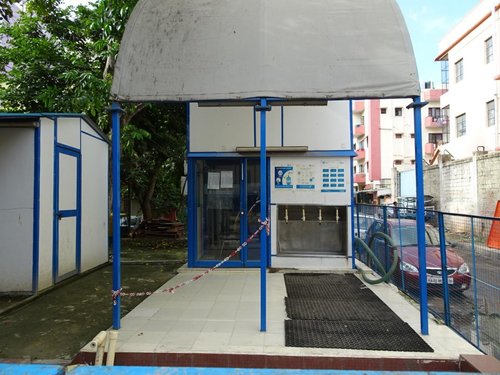
As he explained, these ATMs offer a more affordable option for those without tap access. For such families, another option is water tankers, which can cost ₹250 to ₹500 per household. He continued by telling us that real problem with water in India is climate change. The rains have been unpredictable, making planning for them difficult.

Hassan was the next person interviewed. He came on his motorbike to fill a 20 liter container that he had brought along. He said he usually gets water at another bottled water dealer, but the dealer was closed. He told us he was willing to travel the 3-4 kilometers to this Dr. Water ATM because of its standard of hygiene. As he put it, “it is clean, filtered water”. The water was also less expensive at this particular ATM. During our visit, he paid ₹10 to fill his 20 liter can rather than ₹50 at the dealer.
He said that most people in the surrounding neighborhood don’t want to pay for clean water even though sewage sometimes leaks into the city taps. In his opinion, most people in this area generally don’t think of sanitation and hygiene. He told us that people living on the city’s periphery may be more willing to use an ATM’s services, given they live in areas with much less piped water.
At the second ATM in Jayanti Nagar, we talked with three other people, who like Hassan, were coming to the Dr. Water ATM because of its comparably-low per-volume price. One of these people, Shariff, explained that some local dealers buy water from subsidized ATMs like these and sell it at a profit in different neighborhoods.
While all 12 Shivaji Nagar customers arrived by motorbike, about 33% of those in Jayanti Nagar approached the installation by foot. Some had even come directly from a slum just across the street. Also, the standard 5 liter bubble-top bottles were the preferred container of choice during the first visit while many in the second used lotas. Jeethu was one of the men who came to the second ATM with a couple of lotas. He was originally from Madhya Pradesh, but was working at a construction site in Jayanti Nagar for a few months. He said the workers there are provided with water from a tanker, but he started getting water from the ATM for his small children. He said the tanker water is not good, especially for those of a younger age.
Finally, it seemed that time-wise convenience played a significant role in how people used these water ATMs. While those with access to taps can get water any time of the day, the customers of these installations must wait for specific hours of operation. From these observations, it seems that water ATMs are more effective at drawing low-income customers when they’re located in areas without piped water. For those that do have access to such infrastructure, such an installation lacks in comparative convenience. That is, the placement of an ATM in an area where water treatment is uncommon is no guarantee of a behavior change.
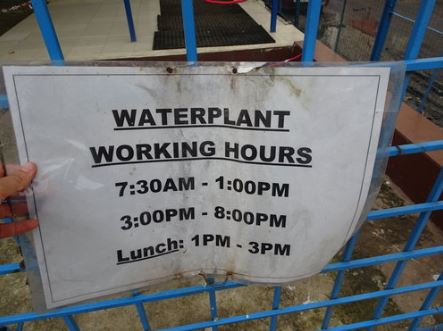
Key Data
- At Shivaji Nagar –
- Per-use price – ₹10 per 20 liters
- Operating hours – 7:30 AM – 1:00 PM, 1 PM – 3 PM
- Customer rate – approximately 12 per hour
- At Jayanti Nagar –
- Per-use price – ₹10 per 20 liters
- Customer transport -33% by foot, 67% per motorbike

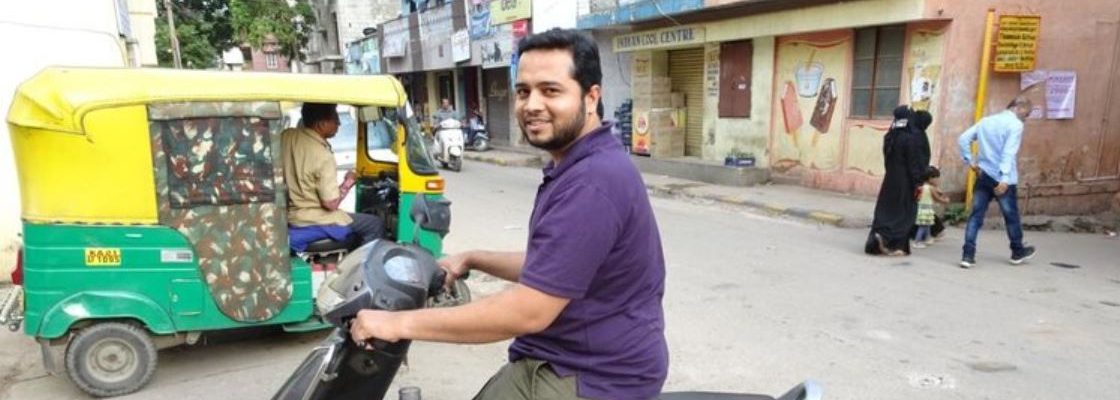
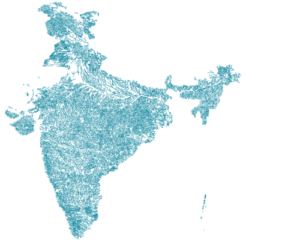
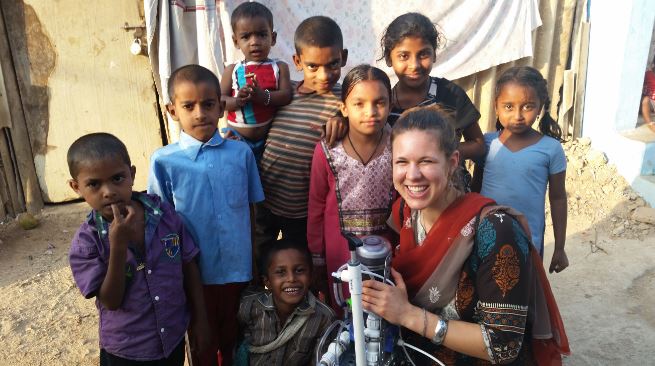
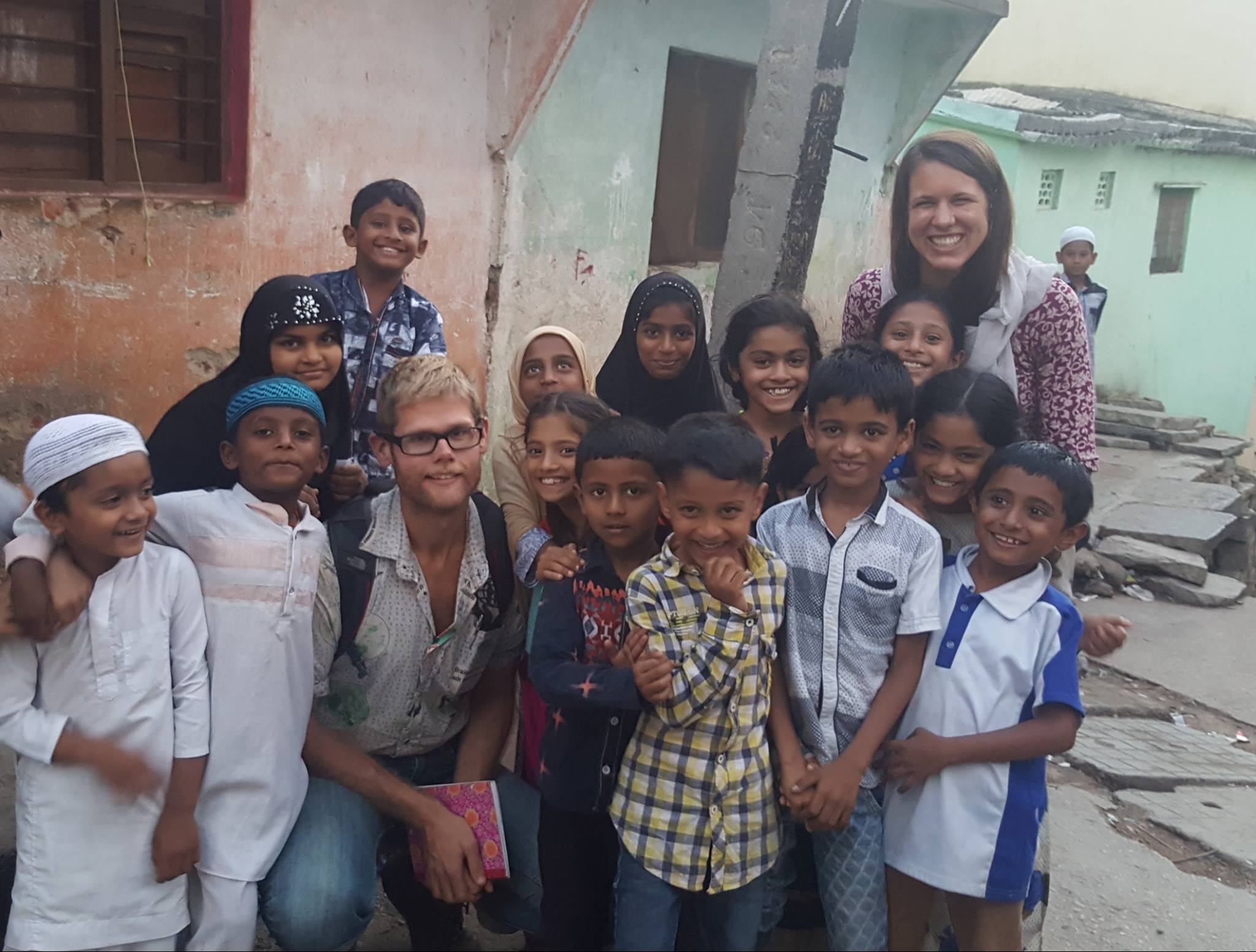

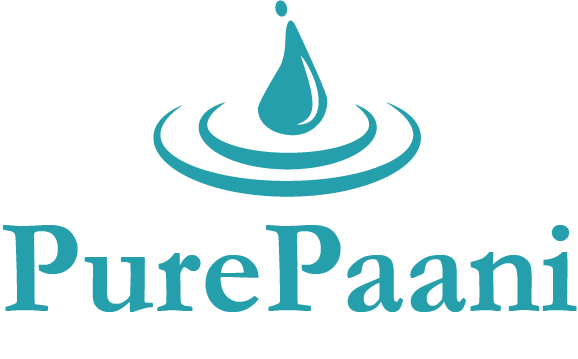
Recent Comments